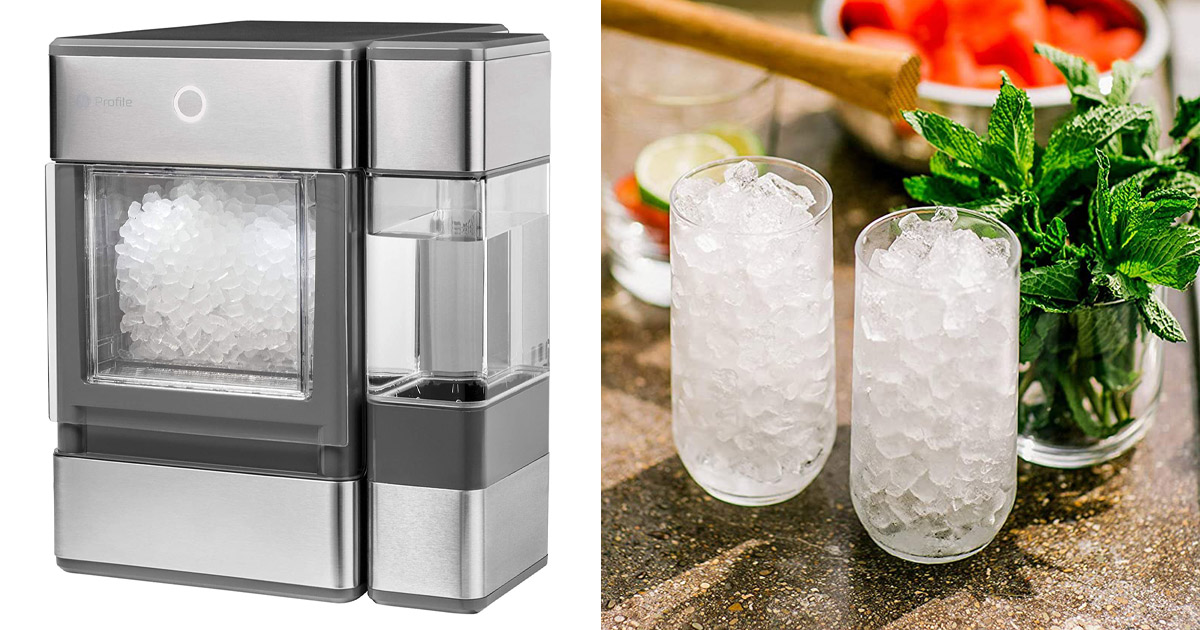When you’re buying a portable ice maker, there are several factors to consider. These factors include: Storage capacity, Power consumption, and Quietness. These factors will help you determine which type of portable ice maker is best for you. But how can you know which one to choose? Read on to learn more.
Compact
A compact ice maker offers fast ice production. This appliance can produce up to two pounds of ice in less than fifteen minutes. With its industrial quality system, this appliance can produce up to 30 pounds of ice per day. It also features a convenient automated control panel that allows users to make their own settings. Other features include 3 different cube sizes, a clock, timer, and status indicators. Additionally, it has an automatic shut-off and standby function. It is also equipped with an insulated interior that maintains optimal freshness.
The Igloo ice maker is a great choice for those looking for a compact machine that can produce a significant amount of ice. This unit is easy to use, and comes in a variety of colors. It also has a convenient drain plug, so it’s easy to clean after use. The Igloo ice maker is incredibly quiet, and its control panel makes it easy to use. It is also equipped with a dedicated self-cleaning cycle, which helps prevent ice from deteriorating.
Quiet
If you are on the lookout for an affordable and quiet ice maker, the Quiet Ice Maker is a great choice. This model is ADA-certified, making it accessible to people with disabilities. It is also ideal for places like hotels and hospitals, where guests don’t want to be interrupted. It automatically shuts off when the ice bin is full, so no one will have to worry about waking up to a whirring machine. It also comes with a 25-foot water line connection, so you’ll never have to worry about running out of ice.
This ice maker has an easy-to-use interface. The control panel allows you to change settings and select ice size. It also comes with an insulated basket to keep ice cubes frozen. This compact ice maker is easy to carry, and it makes batches of ice cubes in six to thirteen minutes.
Storage capacity
The storage capacity of an ice maker is important to consider before you purchase one. This determines how many cubes the machine can store before needing to be refilled. Some models come with internal storage bins that help keep ice in place until use. Others require a separate storage bin. The storage capacity of your ice maker will have a direct impact on how efficient your machine is.
The storage capacity of an ice maker is important to keep in mind if you run a business that serves food and drinks to customers. When determining the capacity of your machine, you should consider the number of customers you expect to serve each day. You can also estimate the number of cups or meals a customer will want to order, which will help you plan the amount of ice you need.
Power consumption
Ice makers are a necessary part of many homes and businesses, but the process of making it can be time-consuming. If you want to save time and money, you should consider purchasing a portable ice maker. These appliances use less energy than other appliances, such as refrigerators and freezers. Moreover, newer models are made with energy-efficient materials.
Before buying an ice maker, make sure to check its electrical rating. It is usually stamped on the label. The ratings are in Watts (W), Voltage (V) and Amperage (A). The watts are the capacity of the appliance, while the amps are the number of hours it will run.
Installation
Installing an ice maker involves hooking up the ice maker’s water line to a cold water pipe. This pipe can run along the floor or through the wall. It should be long enough to avoid conflict with wiring or piping. The ice maker should be fitted with a tee-stop valve that fits the diameter of the water pipe. The valve may be a self-tap saddle or tee-stop valve.
The first thing to do is to make sure that the unit is level and that there is adequate clearance from other appliances in the area. It’s also important to remove any packing materials that might be inside the unit. Then, clean all parts of the unit with a detergent that is designed to remove lime scale and buildup. Then, rinse the parts thoroughly and allow them to air dry.
